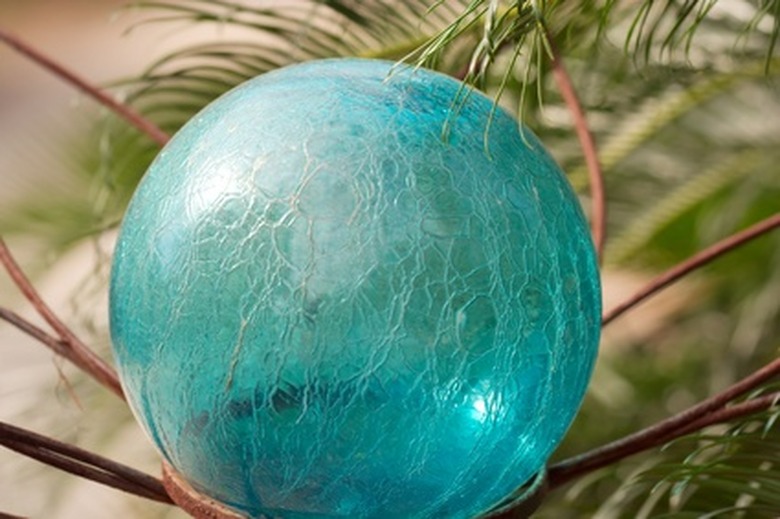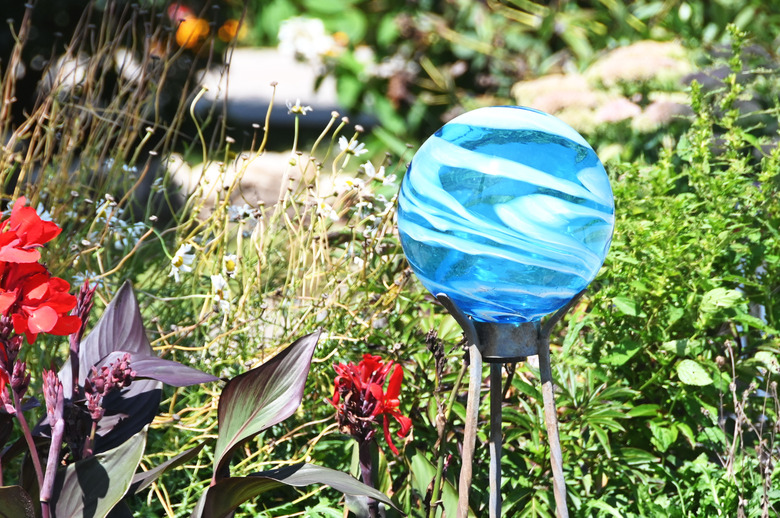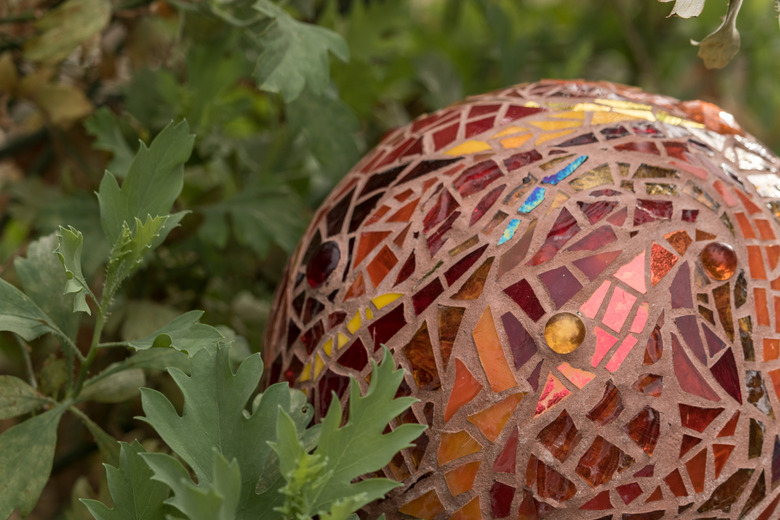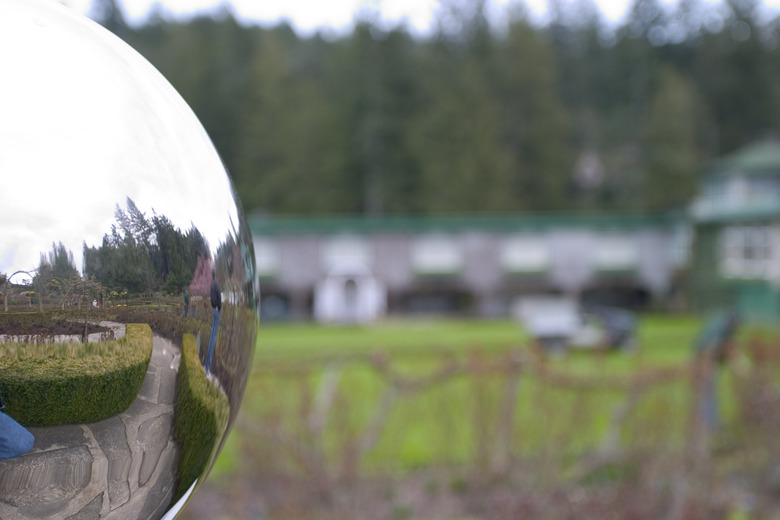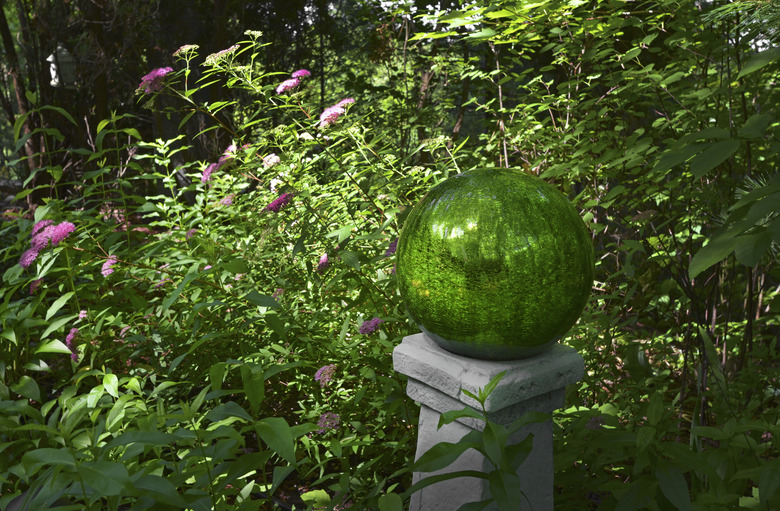What Is The Meaning Of A Gazing Ball?
Known variously as witch balls, garden globes and balls of happiness, gazing globes add shine and color to your garden or other outdoor space. They resemble large, round Christmas baubles and are among the most common types of yard art along with birdbaths and wind chimes.
These delicate garden decorations are relatively common these days and are added to gardens primarily for their beauty, but garden gazing balls were once rare and precious and filled with meaning for those who displayed them.
Meaning of the Gazing Ball
Gazing balls originated in 13th century Venice, which was known for its blown-glass trade. The baubles were used as garden accents and outdoor decor.
Although they have always been valued, the meaning of garden balls or gazing balls varies depending on the time period and who is using them.
- To people during the Medieval period, gazing or witch balls were thought of as protective devices, because they would trap or scare off evil spirits.
- During the Victorian era, gazing balls were a sign of affluence and were prominently displayed inside the home as well as outside in the garden. Gazing balls were also used by young girls to foretell the identity of their future spouse by gazing into the reflective surface.
- Called good luck balls, gazing balls symbolized the idea that everything is going to be okay to people in the Depression-era Midwest.
- Glass gazing globes also symbolize happiness and were often gifted to brides in former times.
Besides the symbolic or folkloric meaning of gazing or mirror balls, they also had a practical application. Butlers or other servants positioned the balls so that their reflection allowed them to discreetly observe guests without having to hover nearby, which lead to another common name for these shiny globes: butler balls.
About Gazing Balls
Glass gazing balls are among the most common yard decorations. They come in a dazzling array of colors and finishes from iridescent to marbled to metallic. Gazing balls also range in size from just a few inches to over 2 feet, so there is one suited to gardens of every size.
Gazing balls come in a variety of materials such as mirrored or crackled glass and translucent hand-blown glass, but there are also mosaic gazing balls. Glass gazing balls are the norm, but copper and stainless steel gazing balls that will not easily break when dropped are also a good option for the garden.
Tip
Some modern gazing globes contain LED lights so that they glow at night, and some contain solar lights that are powered by the sun.
Using a Gazing Ball
There are many considerations to make when choosing and using a garden ornament such as a gazing globe. Color, size and material are all key qualities, but the right positioning is also important.
Choosing a Gazing Globe
When choosing a gazing globe, take into account the area of the garden where you might like to put it. Metal or more durable mosaic glass balls may be best for high-traffic areas such as along garden paths, while delicate glass globes can be positioned in out-of-the-way areas where they won't be bumped.
Consider the color of the surrounding plants when choosing a gazing globe so that it complements the landscape. Contrasting colors will help the globe stand out while more neutral tones will blend in and catch the light from the sunset sky, bringing brightness to the garden bed. Multicolor globes complement most landscaping.
Tip
When choosing yard art or an outdoor gazing globe, it all comes down to personal taste—so don't be afraid to express yourself.
Positioning a Gazing Globe
The position of a gazing globe depends on how much you want it to stand out. Some people nestle them into the garden, so they glow among the greenery, while other people position them atop a gazing globe stand where they are highly visible. A gazing ball stand can be a simple wooden pedestal or it can be an ornate wrought iron stand—any stand will work as long as it is sturdy.
Gazing globes are primarily used as lawn ornaments, but they can also be used as home decor. Set atop a pedestal indoors, they will catch the ambient light and brighten up the area where they are displayed.
